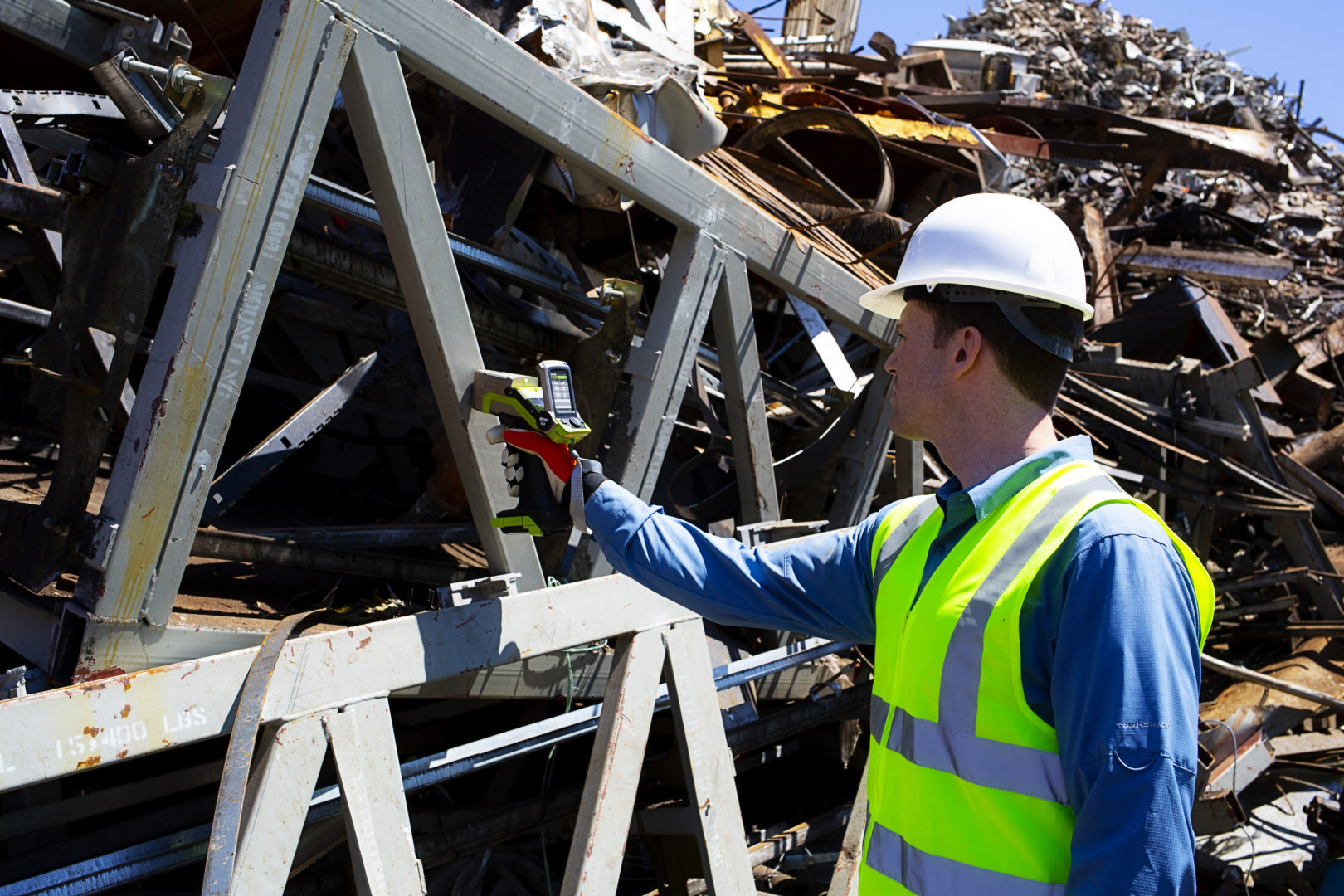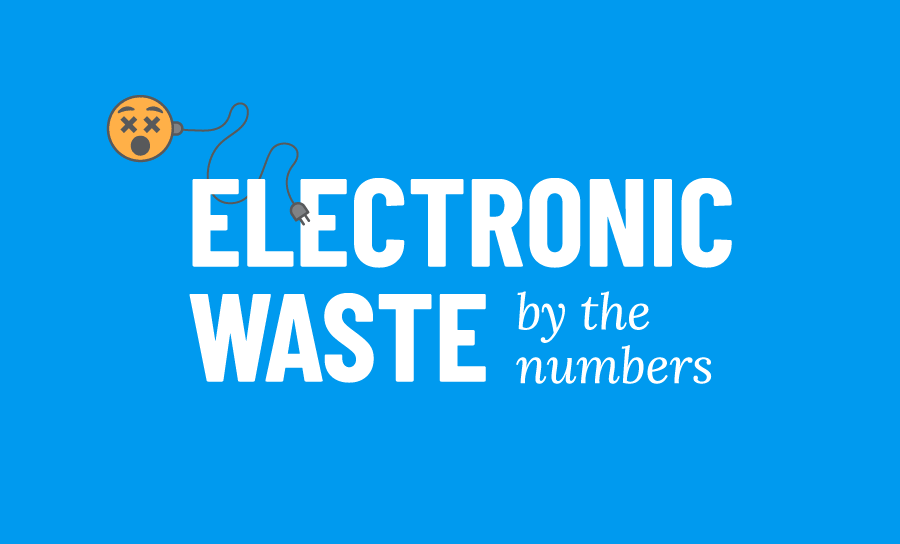Here’s one shocking statistic to remind us why recycling matters more than ever: We are producing 50 million tons of electronic waste (“e-waste”) each year. Even worse, the number is growing. Why? Because we haven’t made it easy for people to recycle, repair, and reuse their electronics.
Here’s an eye-opening infographic that shows the huge scale of e-waste globally. As you scan these figures, remember that nearly 100% of electronics are recyclable, yet we only effectively recycle around 20% of our electronic waste currently.
While it can be easy to recycle typical household items like aluminum cans, cardboard boxes, and plastic, recycling those electronics can prove a bit harder. There aren’t always clear instructions on how to recycle that old phone or laptop when you’ve upgraded to a new one. Where do you go to repair electronics in order to extend their use?
Enter “right to repair” legislation.
It’s a new tool that is being put into place amidst partnership between citizens, governments, and industry to allow consumers greater flexibility in affordably repairing and reusing electronic goods. Right now, it’s easier for these consumers to just throw away used electronics and purchase new ones.
Right to repair seeks to change that. Fortunately, there’s already a movement behind it.

The Answer is Simply More Recycling
So what do we do about the other 80% of electronic waste that doesn’t currently get recycled? The first thing to remember is that greater recycling makes a lot of economic sense for consumers. Customers who buy electronics (i.e. virtually all of us) will almost certainly save a lot from improved recycling efforts.
Here are some examples of how that works:
- Average refrigerator repair cost: $290
- High-end refrigerator replacement cost: $8000
- Average washing machine repair cost: $290
- High-end washing machine replacement cost: $1000
- Average dryer repair cost: $180
- High-end dryer replacement cost: $1000
Those are some significant cost differences. In short, recycling saves. The planet and our wallets.
With right to repair, companies are encouraged and sometimes required to offer consumers discounts for recycling older electronics while also making affordable repair options available for consumers who want to continue using their devices.
Since it’s clear that recycling electronics is generally more cost effective (and better for the environment), what’s being done about it when it comes to right to repair efforts?
Giving Consumers the Right to Repair (and Recycle)
One of the most important aspects of right to repair: it takes everyone at the table working together. Citizens. Governments. Industry. They all have an important role to play in reducing e-waste.
Citizens recycling and reusing electronics. The electronics industry making it easier for people to recycle electronic goods. Governments creating the legal context for businesses and citizens to tackle the e-waste challenge. Every group has critical part to play when it comes to reducing e-waste.
When right to repair efforts get everyone working together like this, it’s a win-win-win for all parties. At the same time, a major environmental crisis is addressed.
We’re excited to see what the future brings to our environment as right to repair gives recycling a much-needed boost.











Excellent article! This is a massive issue to the plastic pollution & recycling needs. There’s so much waste of ALL our resources. Think about how much you throw away, from communication devices to old a/c units, etc. A lot of the components that can’t be recycled are extremely toxic to our health & environment.
[…] Waste | June 28, 2019 | No Comments […]
[…] The E-Waste crisis and how right to repair (and recycling) can fix it […]